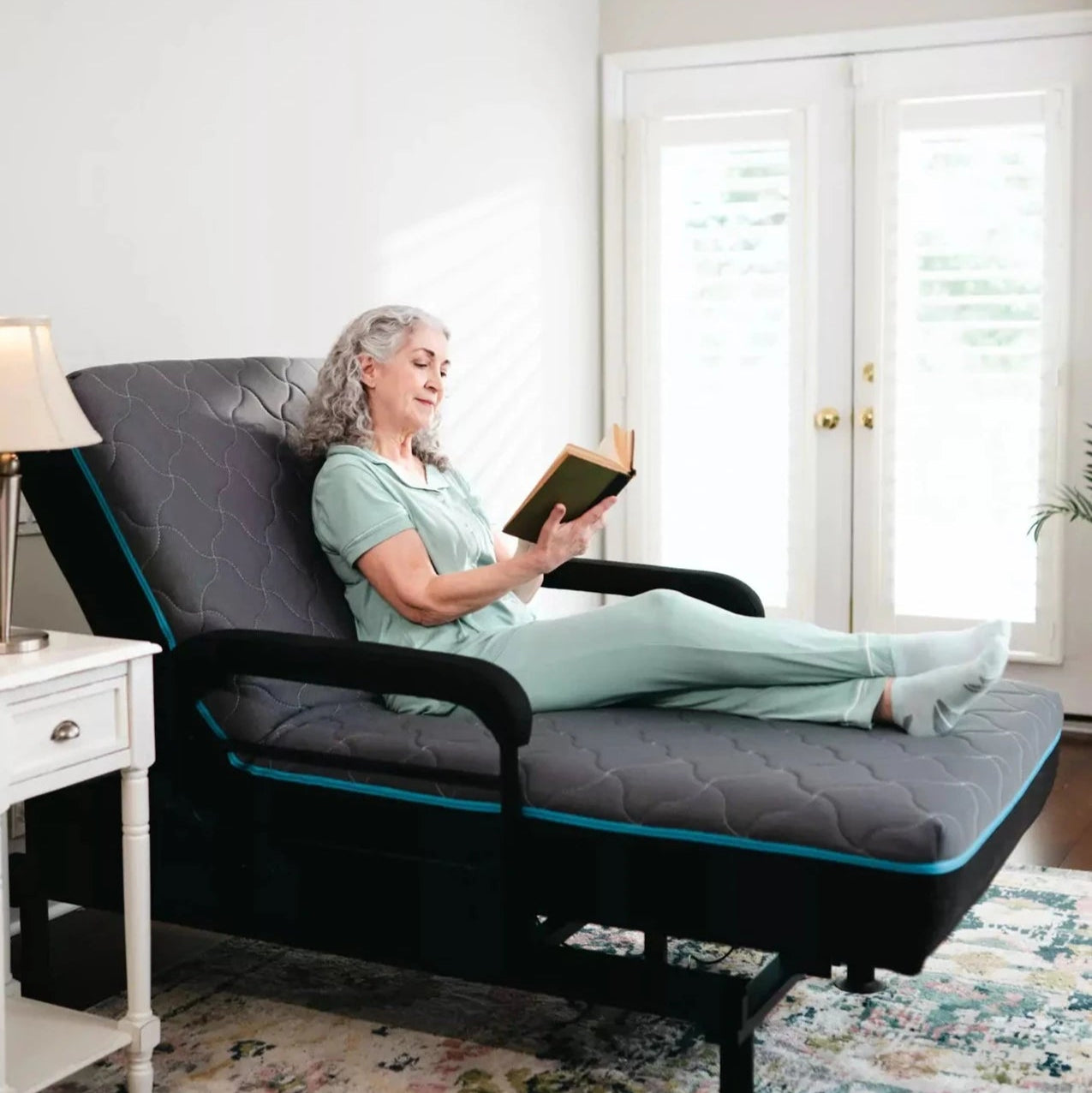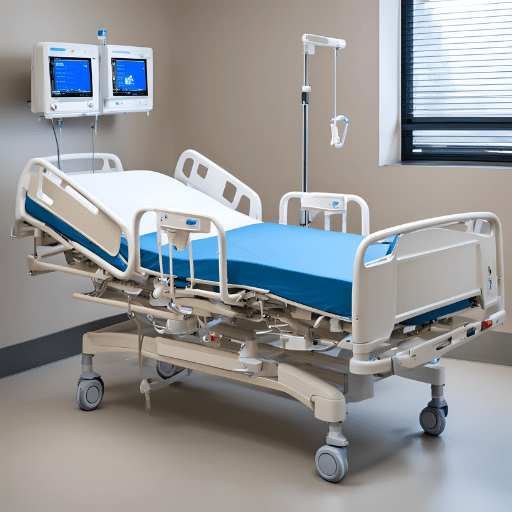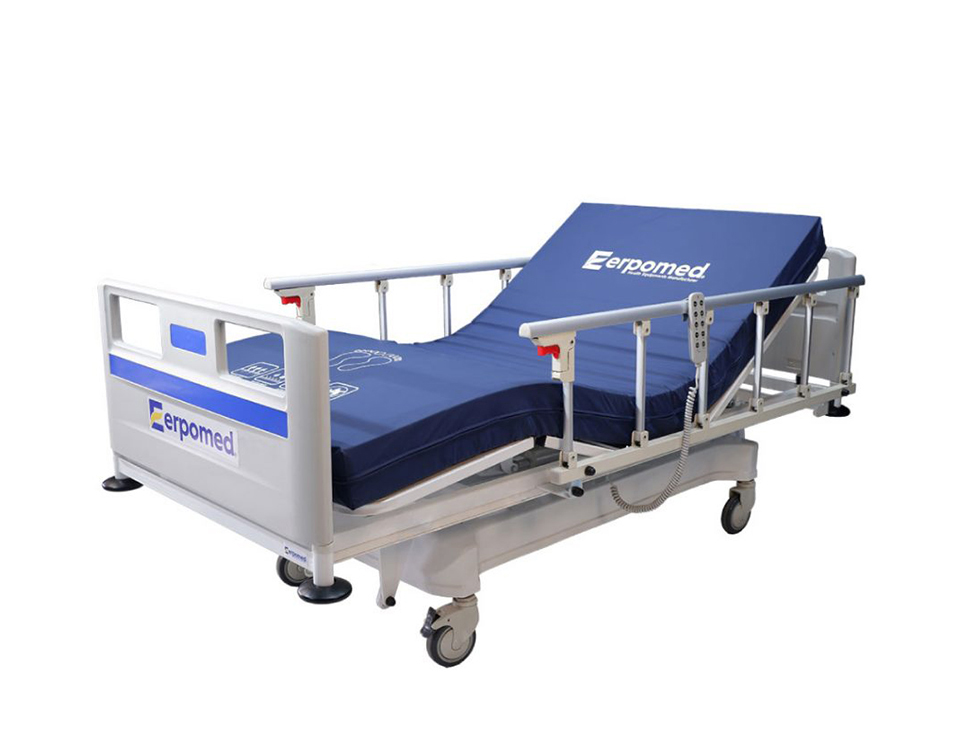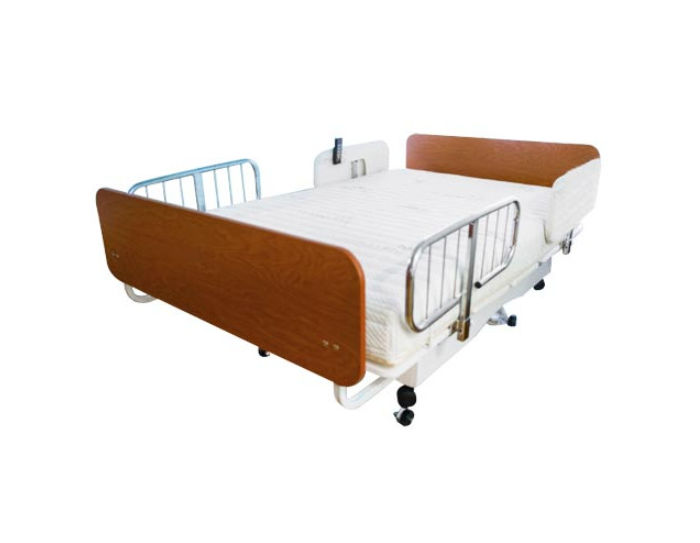The Best Strategy To Use For Hospital Beds For Home Use
Table of ContentsHow Hospital Beds For Home Use can Save You Time, Stress, and Money.The 8-Second Trick For Hospital Beds For Home UseSome Known Factual Statements About Hospital Beds For Home Use Facts About Hospital Beds For Home Use UncoveredWhat Does Hospital Beds For Home Use Mean?What Does Hospital Beds For Home Use Mean?Hospital Beds For Home Use - Questions
There are three primary kinds of hospital beds: guidebook, semi-electric, and fully-electric. Nevertheless, even more kinds of clinical beds exist and they are listed here. These beds use hand cranks to change the bed's height and elevate and reduce the head and the foot. Hand cranks are usually located at the foot of the bed and require a person that is physically with the ability of operating.
Semi-electric beds have an electrical motor to increase and decrease the head and foot sections of the bed (hospital beds for home use). Full-electric beds have an electrical motor that can raise the head and foot areas of the bed as well as the whole height and positioning of the bed.
Not known Facts About Hospital Beds For Home Use
Some versions can also relocate into even more settings, such as the Trendelenburg (tilt) setting. There are several kinds of hospital beds, each made to satisfy certain patient needs. Below are some common kinds: This is the most common kind of healthcare facility bed, developed for basic medical usage. It has a manual or electrically flexible headrest, foot rest, and height.
Lower to the ground than a typical bed. This type of bed is created for bigger clients, with a bigger frame and higher weight ability than a standard bed. This kind of bed is made specifically for children, with smaller sized sizes than a conventional bed. Unique features such as complete size side rails and anime style.
This sort of bed is made for seriously unwell patients who require open tracking and specialized medical devices such as ventilators and infusion pumps. This type of bed is developed for use during labor and shipment, with adjustable settings and functions to sustain the mother and infant throughout the birth process.
A Biased View of Hospital Beds For Home Use
Numerous function and the devices do broadening traction to various parts of the vertebra and the extremities without relocating the body. These are just a few instances of the sorts of medical facility beds available. The particular sort of bed used will certainly depend upon the patient's problem, medical demands, and other factors.
Below is the important things you need to recognize. A one-function healthcare facility bed is a clinical bed that enables a patient to relocate only the head or foot area up or down. A 2 function health center bed normally refers to a kind of medical bed that has 2 adjustable functions to aid clients in medical facilities or care facilities.

More About Hospital Beds For Home Use
A 7-function ICU bed is a kind of clinical bed that gives numerous adjustable functions to sustain critically ill patients in an intensive care unit this contact form (ICU) (hospital beds for home use). The seven functions usually include: Back-rest change: The backrest can be adapted to various angles to aid the person stay up or lie down easily
Height modification: The bed can be elevated or reduced to make it much easier for individuals to get in and out of bed, and for caregivers to give treatment. Trendelenburg setting: The whole bed can be tilted to promote blood flow and circulation in the body. Reverse Trendelenburg setting: The bed can also be tilted in the opposite instructions to promote blood flow and circulation in the upper body.
While even more budget friendly than electric versions, these beds need exertion for changes. The major advantages of manual beds are their affordability and dependability, as they do not count on power. Nevertheless, the need for hand-operated initiative can be a constraint in circumstances where quick adjustments are necessary or where caretakers deal with physical challenges.
Some Known Incorrect Statements About Hospital Beds For Home Use
Semi-electric hospital beds use an equilibrium of handbook and electrical controls. These beds give a perfect center ground in between guidebook and fully electric options, supplying ease of use without the full expense of electric designs.
Semi-electric beds are well-suited for clients who require modest modifications to the head and foot areas however can manage without regular height modifications. This makes them a cost-efficient solution for those seeking comfort and convenience without the requirement for constant repositioning. Fully electric health center beds feature electrical controls for smooth changes to the elevation, head, and foot areas.
Specialized medical facility beds, such as ICU beds, lasting care beds, and bariatric beds, are thoroughly developed to deal with certain clinical needs. These beds supply tailored take care of varied person teams, enhancing both outcomes and comfort. In the complying with sections, we will check out the main types of specialty hospital beds, describing their specific benefits and applications.
With years of experience in making electrical direct actuators - hospital beds for home use and close collaboration with the health care sector, TiMOTION is well-positioned to offer trustworthy medical care solutions. Our our website up and down integrated business takes care of every action of the production process, from style to actuator assembly, ensuring we provide extraordinary worth and customized solutions tailored to your details needs
Hospital Beds For Home Use - An Overview

To read more regarding integrating these i loved this technologies into your items, contact us today. More reading:.
Data is sourced from the Medicare Cost Record.

The Single Strategy To Use For Hospital Beds For Home Use
A medical facility bed is a bed made especially for clinical purposes. It is not only a location for patients to relax, however also a system for medical operations. Unlike normal home beds, health center beds normally have flexible features, which can help with medical personnel to make various modifications according to the needs of patients, such as transforming the elevation, disposition, and assistance angle of the back and legs of the bed.